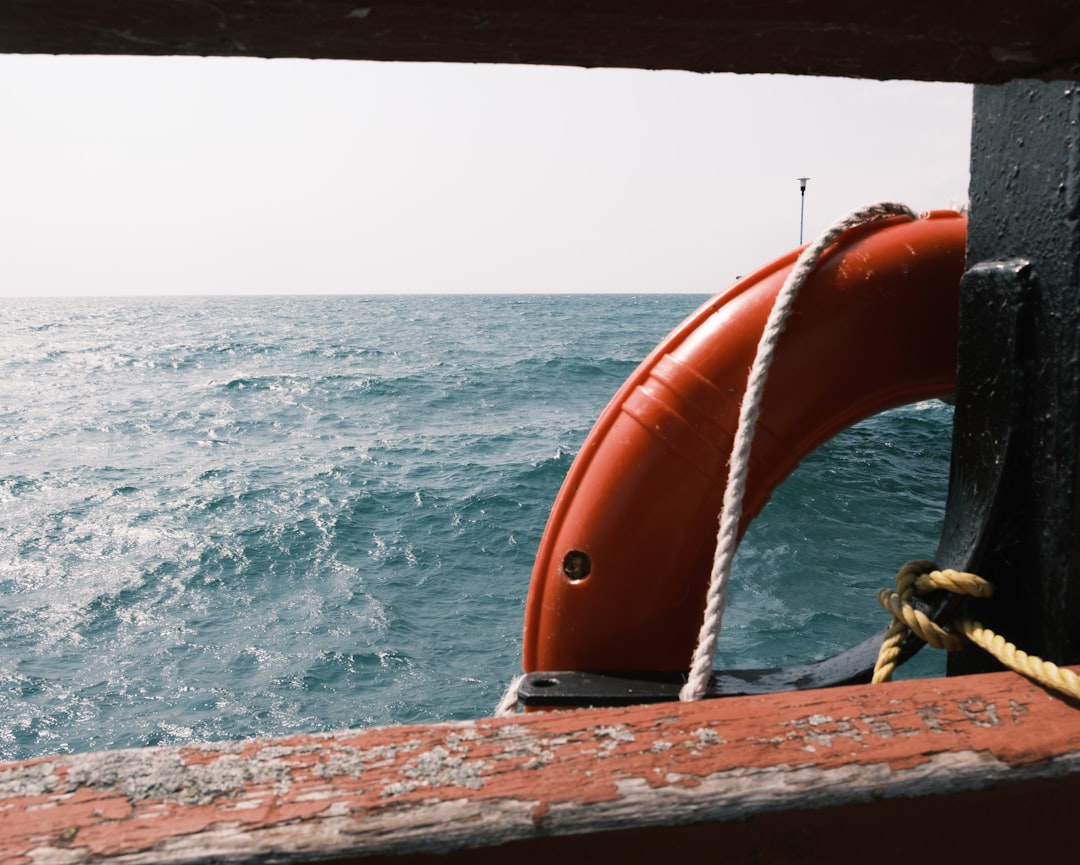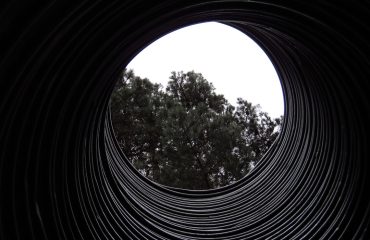Marine environments present unique challenges to piping systems. The constant exposure to saltwater, fluctuating temperatures, and the inherent risks associated with maritime operations demand stringent safety protocols. This comprehensive guide explores the critical aspects of pipe safety in marine applications, offering insights into best practices for design, installation, maintenance, and emergency response.
1. Material Selection: Choosing the Right Pipes for the Marine Environment
The selection of pipe materials is paramount to ensuring long-term performance and safety. Marine environments are notoriously corrosive, demanding materials with high resistance to saltwater, chemicals, and biofouling. Common choices include:
- Stainless Steel: Offers excellent corrosion resistance and strength, making it suitable for various applications. Different grades (e.g., 316L) offer varying levels of corrosion resistance.
- Duplex Stainless Steel: Provides superior strength and corrosion resistance compared to standard stainless steel, ideal for high-pressure applications.
- Copper Nickel Alloys: Excellent resistance to corrosion and biofouling, often used in seawater cooling systems.
- Fiberglass Reinforced Plastic (FRP): Lightweight and corrosion-resistant, suitable for less demanding applications.
- Polyvinyl Chloride (PVC): Used in low-pressure applications where corrosion resistance is crucial, but limited by temperature and pressure capabilities.
- Visual Inspections: Checking for corrosion, leaks, dents, and other visible damage.
- Non-Destructive Testing (NDT): Employing techniques like ultrasonic testing (UT), radiographic testing (RT), and magnetic particle inspection (MPI) to detect internal flaws and weaknesses.
- Pressure Testing: Regularly testing pipes to ensure they can withstand the designed operating pressure.
- Hydrostatic Testing: A common method for pressure testing, involving filling the pipe with water and applying pressure.
- Leak Detection: Implementing systems for early detection of leaks, minimizing damage and environmental impact.
- Protective Coatings: Applying coatings like epoxy, zinc, or polyurethane to prevent direct contact between the pipe and corrosive elements.
- Cathodic Protection: Using anodes to create an electrochemical barrier that prevents corrosion.
- Corrosion Inhibitors: Adding chemicals to the fluid being transported to slow down the corrosion process.
- Regular Cleaning: Removing marine growth and deposits that can accelerate corrosion.
- Leak Response Plans: Establishing clear procedures for identifying, isolating, and repairing leaks.
- Emergency Shutdown Procedures: Defining steps for safely shutting down the piping system in case of emergencies.
- Spill Containment and Cleanup: Developing strategies for containing and cleaning up spills of hazardous materials.
- Personnel Training: Providing thorough training to personnel on emergency procedures and safety protocols.
- Emergency Contact Information: Maintaining readily available contact information for emergency services and relevant personnel.
- International Maritime Organization (IMO) regulations: Cover various aspects of marine safety, including piping systems.
- American Bureau of Shipping (ABS) standards: Provide guidelines for the design, construction, and maintenance of marine structures and equipment.
- Det Norske Veritas (DNV) standards: Offer similar guidelines to ABS, widely used internationally.
- National and regional regulations: Specific regulations may exist at the national or regional level, adding to the overall compliance requirements.
The choice of material depends on factors like the fluid being transported, pressure, temperature, and the specific marine environment. Proper material selection is crucial to prevent leaks, corrosion, and potential catastrophic failures.
2. Regular Inspection and Maintenance: Preventing Catastrophic Failures
Regular inspection and maintenance are vital for preventing accidents and ensuring the longevity of marine piping systems. A comprehensive inspection program should include:
A well-defined maintenance schedule, incorporating preventative measures and prompt repairs, is essential for maintaining the integrity of the piping system and preventing costly downtime.
3. Understanding and Mitigating Corrosion: The Silent Threat
Corrosion is a significant threat to marine piping systems. Saltwater, combined with other environmental factors, accelerates corrosion, leading to leaks, reduced structural integrity, and potential failures. Mitigation strategies include:
A proactive approach to corrosion management is essential for extending the lifespan of marine piping systems and preventing costly repairs.
4. Emergency Procedures and Response: Planning for the Unexpected
Despite preventative measures, unforeseen events can occur. Having well-defined emergency procedures is crucial for minimizing damage and ensuring personnel safety. This includes:
Regular drills and simulations can enhance the effectiveness of emergency response and ensure preparedness for unexpected events.
5. Adherence to Regulations and Standards: Ensuring Compliance
Marine piping systems must comply with relevant international and national regulations and standards. Adherence to these regulations is crucial for ensuring safety and preventing legal repercussions. Key standards and regulations include:
Staying updated on the latest regulations and standards is crucial for ensuring the ongoing safety and compliance of marine piping systems.
By diligently following these guidelines and prioritizing safety, marine operators can significantly reduce risks, extend the lifespan of their piping systems, and contribute to a safer and more efficient maritime industry.




